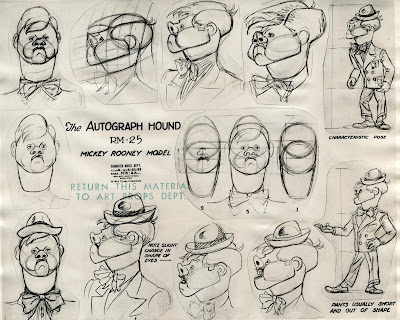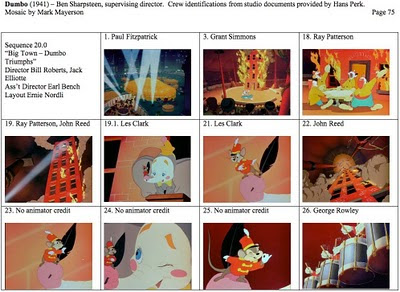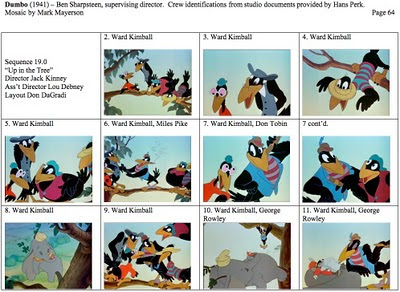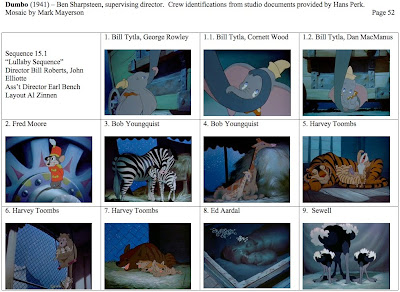Mickey Rooney in The Autograph Hound (1939)

The above model sheet is courtesy of Amid Amidi of Cartoon Brew , who wrote in the comments for The Autograph Hound , "In [animator Paul] Allen's defense, the Mickey Rooney design he was working from is one of the clunkiest and most poorly constructed Disney models of all time. I don't know what Joe Grant was thinking when he approved that one." I certainly have to agree with Amid. The design is flat from both the front and side views. The only three quarter view on the model sheet doesn't work and is ugly to boot. As I mentioned earlier, caricature is difficult for a still, but even harder for animation where the likeness has to be able to turn. Given this design, Paul Allen had a near impossible job.








